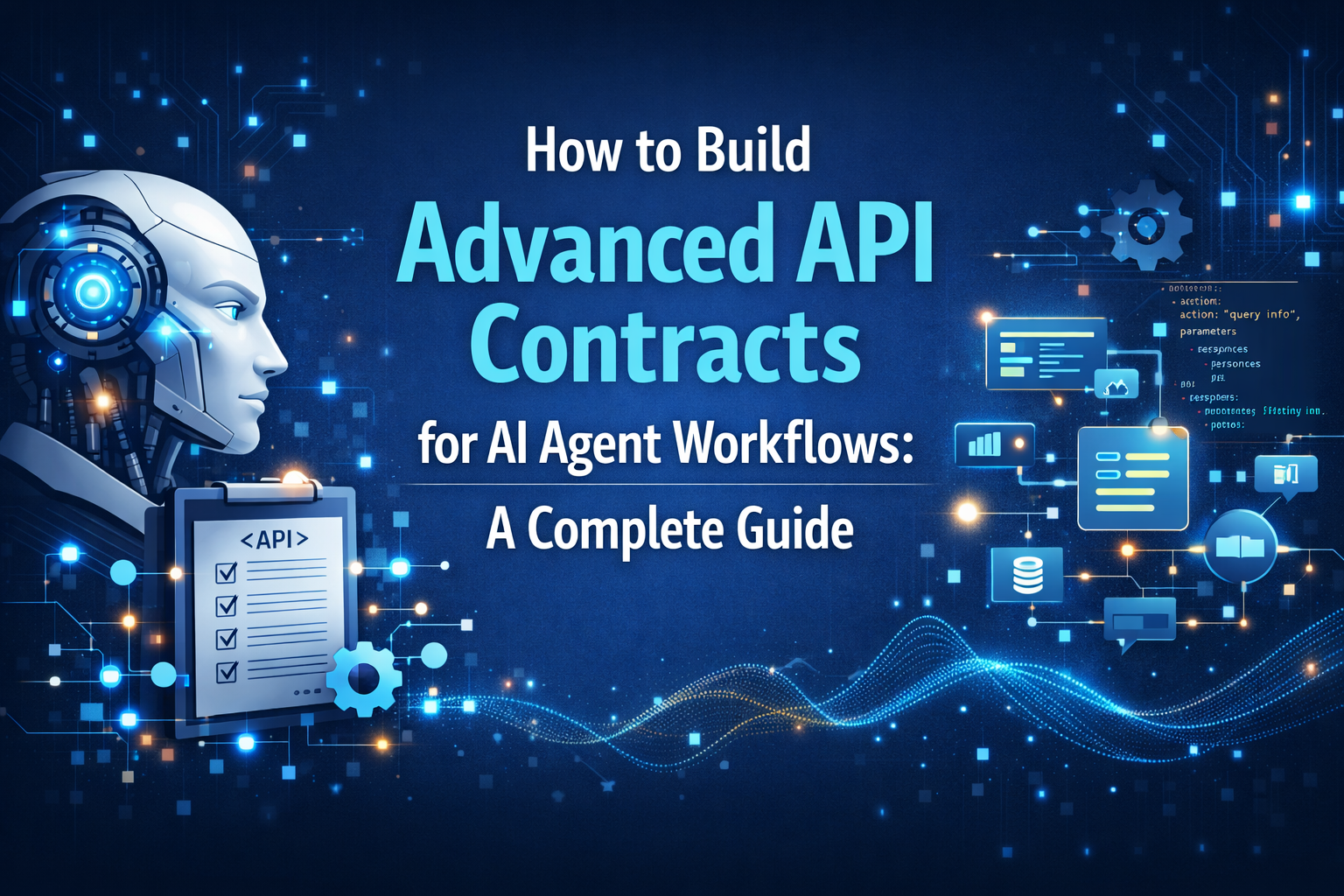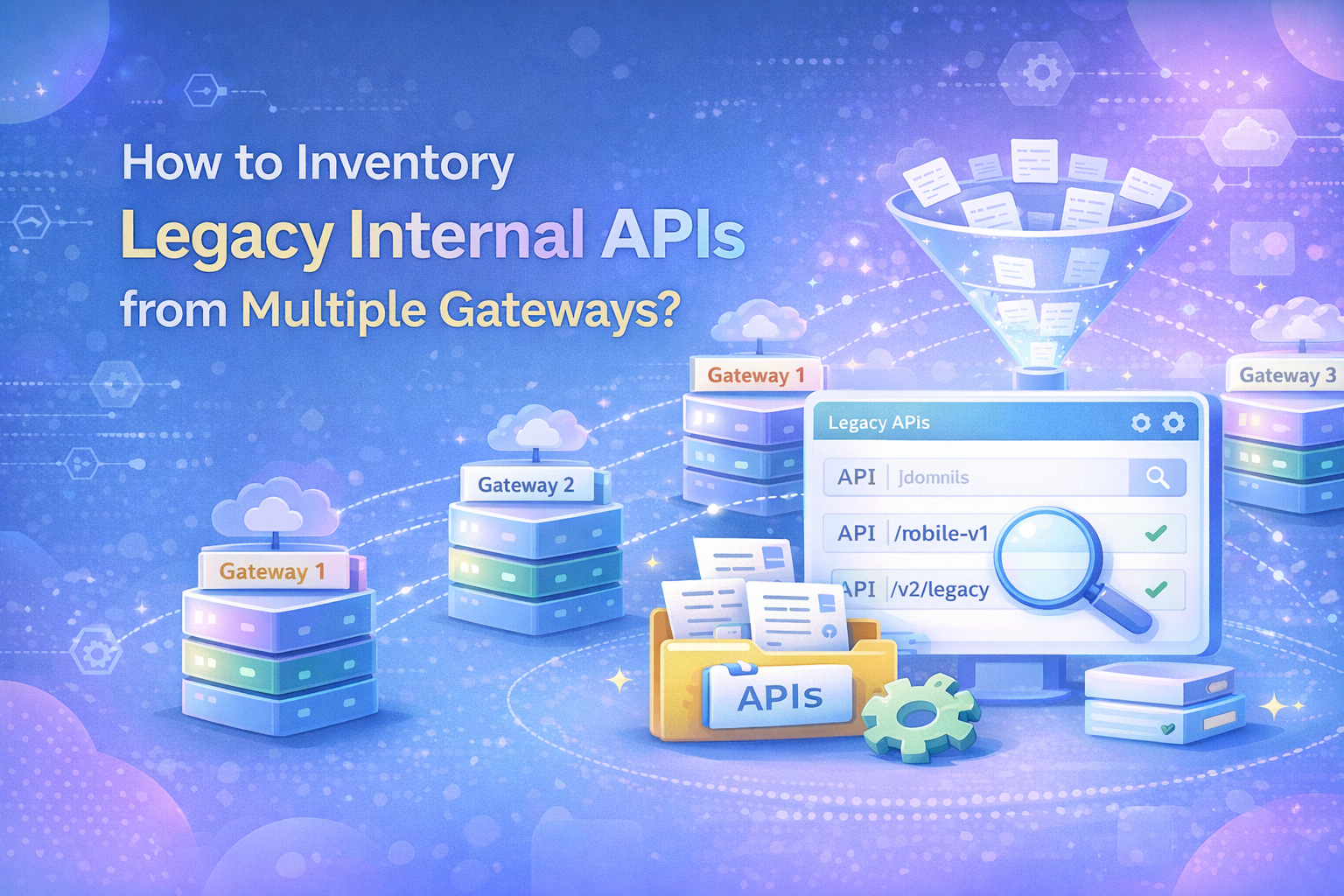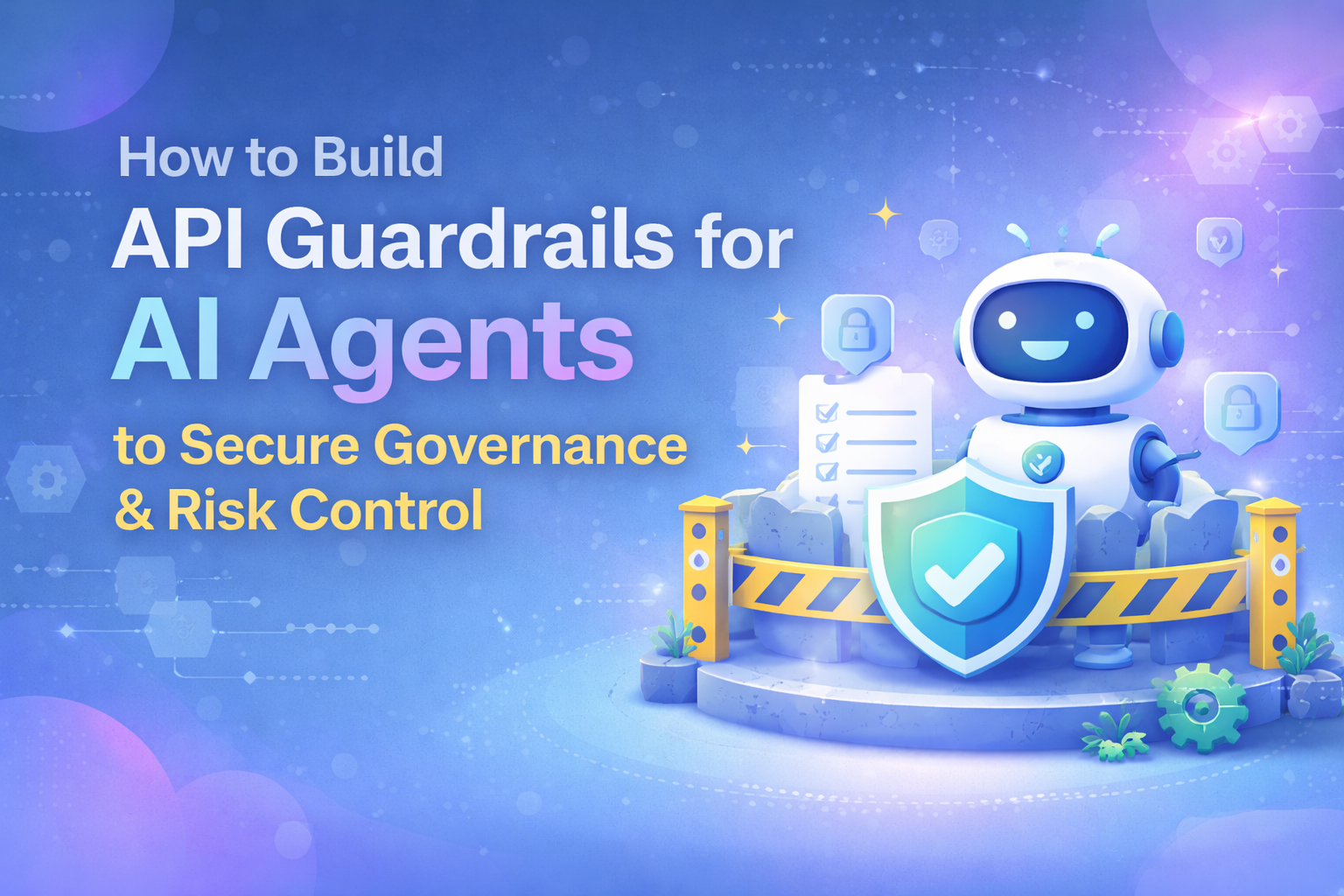
Third-party APIs supercharge innovation, but managing dozens of them across gateways, vendors, and teams quickly becomes chaotic. Each comes with its own authentication, rate limits, and performance quirks that can impact reliability and security. That’s where DigitalAPI steps in, offering a unified, AI-powered control plane to manage, monitor, and govern all your third-party API integrations from one place.
With centralized visibility, automated compliance checks, and real-time analytics, DigitalAPI helps you track performance, detect issues early, and maintain consistent governance across every external service you rely on. It turns third-party API sprawl into a streamlined, secure, and intelligent ecosystem, so your teams can build faster while staying fully in control.
Manage your third party APIs with DigitalAPI. Book a Demo!
Picture this: You're building the next big thing, and suddenly you need payment processing. Do you spend six months building your own payment gateway from scratch? Or do you integrate Stripe's API and ship your feature next week? That's the magic of third-party APIs.
While you're already familiar with APIs as the backbone of modern software, third-party APIs are external API services provided by companies that can significantly boost your development. They're pre-built solutions living outside your infrastructure, ready to handle everything from sending emails to processing payments, or generating AI-powered content.
You're basically tapping into these API services built by companies who want you to use their services that they spent years perfecting that one task. For example, using Stripe to integrate payments, and using Google Maps for location services.
Let’s take a deeper look into third-party APIs that basically do all the heavy-liting for you.
What is a Third-party API?
A third-party API is an application programming interface developed, maintained, and hosted by an external organization that you can integrate into your own applications. Unlike your internal APIs that live within your infrastructure, these APIs exist completely outside your control, owned by other companies.
The difference between internal APIs and third-party APIs is that internal APIs are APIs you build and manage yourself. You control the servers, the data, the uptime, and every line of code. When something breaks, you can fix it immediately. You know exactly how it works because your team built it.
With third-party APIs, however, you send requests to external servers, receive responses, and trust that the service will be available when you need it. You don't control their infrastructure, can't modify their endpoints, and you're subject to their rate limits, pricing changes, and terms of service.
How does a third-party API work?
Third-party APIs work through a simple request-response cycle. Your application sends HTTP requests to external servers, includes necessary authentication, and receives structured data back, typically in JSON format. Here’s a step-by-step process:
Let's say you're building a food delivery app and need to process payments using Stripe's API.
1. Getting API Access: First, you create a Stripe developer account, verify your business details, and obtain API keys (publishable and secret keys) from your Stripe dashboard. You might also want to set up webhooks for real-time payment updates.
2. Authentication: Your app includes your secret API key in the request headers to prove you're authorized to use Stripe's service.
3. Make the Request: Your app sends an HTTP request to Stripe's endpoint with payment details like amount, currency, and customer token.
4. External Processing: Stripe's servers receive your request, validate the payment information, communicate with banks, and process the transaction on their infrastructure.
5. Response: Stripe sends back a JSON response containing transaction status, charge ID, and any error messages.
6. Handle the Response: Your app processes Stripe's response, updates the order status, and shows success or failure messages to your customer.
Throughout this flow, you're essentially outsourcing complex payment processing to Stripe's specialized infrastructure while maintaining control over your user experience.
.png)
Key characteristics of third-party APIs
1. External ownership and control
You don't own the API, which means you're at the mercy of someone else's decisions. The API provider controls everything from uptime to pricing, feature updates to deprecation timelines. They could change their rate limits, modify their authentication requirements, or even sunset an entire service in extreme cases.
2. Authentication and security complexity
Third-party APIs introduce multi-layered security challenges that don't exist with internal systems. You're dealing with API keys, OAuth flows, JWT tokens, and various authentication schemes that each provider implements differently. Managing secrets securely becomes critical since a compromised key could expose sensitive data or rack up unexpected charges.
3. Rate Limiting and usage constraints
Third-party APIs come with built-in rate limits that prevent abuse and ensure fair usage across all customers. You might get 1,000 requests per hour on a free tier, or pay per API call beyond certain thresholds. These constraints force you to be strategic about when and how often you make requests.
4. Versioning and breaking changes
External APIs evolve independently of your development cycle, creating version management headaches that internal APIs don't present. Providers regularly release new versions with improved features but may deprecate older endpoints with limited notice. A field you depend on might get renamed, response formats could change, or entire endpoints might disappear.
Benefits of using third-party APIs
1. Accelerated development speed
Instead of spending months building complex features from scratch, you can integrate proven solutions in days or weeks. Payment processing, email delivery, image recognition, and mapping services are all available as ready-to-use APIs.
This acceleration means faster time-to-market, quicker MVP launches, and the ability to test business ideas without massive upfront development costs. Your engineering team can focus on core business logic rather than reinventing wheels that other companies have already perfected through years of iteration and optimization.
2. Access to specialized expertise
Third-party APIs give you instant access to domain expertise that would be expensive and time-consuming to build in-house. Machine learning APIs provide sophisticated AI capabilities without requiring data science teams. Payment APIs handle complex financial regulations and security requirements.
Communication APIs manage global telecom relationships and delivery optimization. You're essentially hiring specialized companies as services, gaining access to their years of research, development, and industry knowledge without the overhead of building those capabilities internally.
3. Cost-effective scalability
Building scalable infrastructure is expensive and complex, but third-party APIs let you scale on demand without upfront infrastructure investments. You pay only for what you use, whether that's processing 100 payments or 100,000. The API provider handles server provisioning, load balancing, global distribution, and performance optimization.
This pay-as-you-grow model is particularly valuable for startups and growing businesses that need enterprise-grade capabilities without enterprise budgets.
4. Reduced maintenance overhead
When you use third-party APIs, someone else handles the maintenance, updates, and security patches. You don't need to worry about server uptime, security vulnerabilities, or keeping up with industry regulations. API providers invest heavily in monitoring, redundancy, and compliance because their entire business depends on reliability.
This reduced maintenance burden frees up your team to focus on product innovation rather than infrastructure management, while still benefiting from enterprise-level reliability and security standards.
What is third-party API integration?
Third-party API integration is the process of connecting your application to external APIs, enabling seamless data exchange and functionality sharing between your system and outside services.
It involves writing code that authenticates with external providers, sends requests, handles responses, and manages the ongoing relationship between your application and their services.
This integration goes beyond simple HTTP requests. You're building a bridge between your application's architecture and external systems, handling data transformation, error mapping, webhook management, and often implementing sophisticated caching strategies to optimize performance and reduce costs.
Pre-integration action items to check
1. API documentation quality
Read the docs. Quality documentation is your first indicator of a well-maintained API. Look for comprehensive endpoint references, clear authentication examples, and realistic code samples in multiple languages.
If the documentation is outdated, incomplete, or confusing, that's a red flag about the provider's commitment to developer experience. Test their interactive documentation if available, and check community forums for common integration pain points.
2. Rate limits and pricing structure
Understand the financial and technical constraints before writing your first line of code. Examine rate limits across different pricing tiers and calculate whether they align with your expected usage patterns. A generous free tier might seem attractive, but if you'll hit limits during normal operation, factor in the upgrade costs.
Look for hidden charges like overage fees, premium feature costs, or geographical pricing differences. Some APIs charge per request, others per feature used, and some have complex tiered pricing that could surprise you later.
3. Security and compliance requirements
Evaluate the provider's security posture and ensure it matches your application's needs. Review their authentication methods, data encryption standards, and compliance certifications. If you're handling sensitive data, verify their SOC 2, GDPR, or industry-specific compliance status.
Check their security incident history and how transparently they communicate about vulnerabilities. Consider whether their security practices align with your organization's requirements and whether you'll need additional security measures on your end.
4. Service reliability and support
Investigate their track record for uptime, performance, and customer support quality. Look for public status pages, SLA commitments, and historical incident reports. Check response times for support tickets and the quality of their developer community. Test their error handling and see how informative their error messages are during failures.
Best Practices to Integrate Third-party APIs
1. Build for vendor independence
Always have backup plans and design your architecture to minimize vendor lock-in wherever possible. Create abstraction layers that isolate third-party API calls from your core business logic, making it easier to swap providers if needed. Monitor provider announcements religiously through their blogs, status pages, and developer newsletters.
Set up alerts for deprecation notices and breaking changes so you're never caught off guard. Consider implementing fallback mechanisms or alternative providers for critical functionalities, especially for essential services like payments or authentication.
2. Secure your integration
You need secure storage for credentials, token refresh mechanisms, and proper permission scoping to protect your application and users. Store API keys in encrypted environment variables or dedicated secret management services, never in your codebase. Implement automatic token refresh flows for OAuth-based APIs to prevent authentication failures.
Apply the principle of least privilege by requesting only the permissions your application actually needs. Since you're trusting external systems with your data, carefully evaluate each provider's security practices and compliance certifications. Review their encryption standards, data retention policies, and incident response procedures.
3. Optimize for efficiency and reliability
Implement intelligent batching to reduce API calls and stay within rate limits. Use webhooks instead of polling when available to receive real-time updates without constantly querying external services. Cache data locally to reduce unnecessary API calls and improve response times, but implement proper cache invalidation strategies.
4. Prepare for constant evolution
This constant evolution requires you to build flexible integration layers that can adapt to API changes. Maintain backward compatibility when possible by supporting multiple API versions simultaneously. Establish monitoring systems that alert you to API changes before they break your application.
Implement comprehensive logging and error tracking to quickly identify when external APIs behave unexpectedly. Create automated tests that validate critical API interactions and run them regularly to catch breaking changes early.
How to choose the right third-party API for your need?
1. Functionality and feature completeness
Evaluate whether the API meets your current needs and future growth plans. Create a feature matrix comparing essential functionality across different providers. Some APIs excel at basic operations but lack advanced features you might need later. Others offer comprehensive toolsets but come with complexity overhead.
Look beyond marketing claims and test the actual endpoints that matter to your use case. Consider whether the API provides the data granularity, customization options, and integration flexibility your application requires.
2. Developer experience and documentation quality
Poor developer experience translates directly to increased development time and maintenance headaches. Test each API's documentation by following their quickstart guides and implementing basic functionality. Quality providers offer interactive documentation, comprehensive code examples, and active developer communities.
Check their SDK availability for your programming language and evaluate the quality of error messages and debugging tools. APIs with excellent developer experience often indicate well-architected services that will be easier to integrate and maintain long-term.
3. Reliability and performance track record
Research each provider's uptime history, performance benchmarks, and incident response quality. Look for public status pages showing historical downtime patterns and how quickly they resolve issues. Test API response times from your target geographical regions, as performance can vary significantly based on infrastructure distribution.
Read post-mortem reports to understand how providers handle outages and communicate with customers during incidents. Consider the business impact if this service becomes unavailable during peak traffic periods.
4. Pricing structure and total cost of ownership
Compare not just base pricing but the complete cost picture including scaling scenarios. Some APIs offer attractive entry-level pricing but become expensive as you grow. Others have high upfront costs but better unit economics at scale. Factor in hidden costs like premium support, advanced features, or geographical surcharges.
Model your expected usage patterns against different pricing tiers and consider how costs will evolve as your application grows. Remember that switching APIs later involves significant development and migration costs.
Third-party API integration made easy with Digital API
Digital API simplifies the complexity of third-party integrations by providing an AI-powered platform that unifies your entire API ecosystem into one centralized hub. Instead of juggling multiple gateways, documentation sources, and monitoring tools, you get a single source of truth for all your third-party API relationships.
- AI-powered API Discovery: Find and evaluate third-party APIs using natural language search and intelligent similarity matching.
- Centralized Multi-Gateway Management: Connect and manage APIs across multiple gateways from one unified interface.
- AI-powered Test Code Generator: Use our AI to create test scripts for APIs easily and instantly to test out the third-party APIs
- Real-Time Analytics and Monitoring: Track performance, uptime, and usage patterns of all integrated third-party services.
- Enterprise-Grade Security Scanning: Automated OWASP compliance checks and vulnerability detection for external API integrations.
Ready to integrate third-party APIs and centralize them? Let’s get in touch.
Frequently Asked Questions
1. What are the common challenges in integrating third-party APIs?
Rate limiting restrictions, authentication complexity, inconsistent documentation quality, network dependency issues, and handling breaking changes from providers. Security concerns around credential management, data transformation between different response formats, and building robust error handling for external service failures also create integration headaches.
2. What programming concepts do you need to understand before working with third-party APIs?
HTTP methods and status codes, JSON parsing and serialization, asynchronous programming patterns, error handling and exception management, authentication mechanisms like OAuth and API keys. Understanding of webhooks, caching strategies, retry logic with exponential backoff, and basic security principles for handling sensitive data are essential.
3. How to handle rate limits and errors from third-party APIs?
Implement exponential backoff with jitter for retries, respect rate limit headers, and cache responses when possible. Use circuit breakers to prevent cascade failures, batch requests intelligently, and implement graceful degradation. Monitor rate limit consumption closely and consider upgrading plans before hitting critical thresholds during peak usage.
4. How do I monitor and maintain uptime for third-party API integrations?
Set up health checks that test critical API endpoints regularly, implement comprehensive logging for request/response cycles, and create alerts for error rate spikes. Use synthetic monitoring to simulate user flows, track response times and success rates, and maintain status dashboards showing all external dependencies.
5. When should I build a feature vs use a third-party API?
Use third-party APIs for non-core functionality, specialized services requiring domain expertise, or features with high development complexity. Build in-house when the feature is central to your competitive advantage, requires unique customization, or when external options are too expensive or unreliable for your specific requirements.
You’ve spent years battling your API problem. Give us 60 minutes to show you the solution.
.svg)







